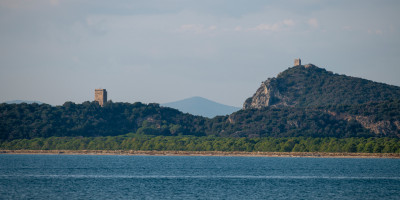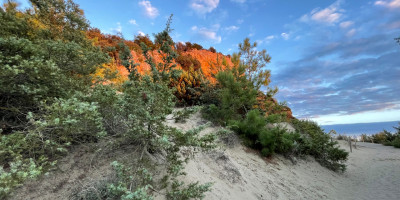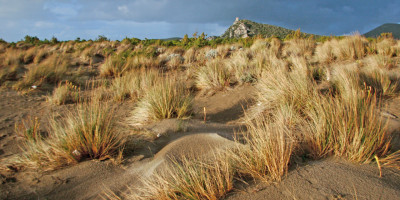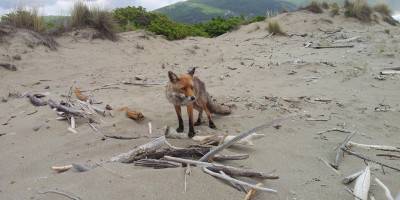A long walk but within everyone's reach on one of the most beautiful and intact beaches in Italy between the evergreen hills of Uccellina and the clear seabed of the Tyrrhenian Sea.
The route starts from Marina di Alberese towards the south, overlooking Cala di Forno with its ancient customs house and tower, and on the right the sea and the islands of the Tuscan archipelago.
As we approach the sea shore, we walk on sand eroded above all by the rocks of the Chianti Senese, where the Ombrone is born, of the Crete and of the Val d'Orcia, brought here by the waters of the Ombrone.
Near the shoreline, we encounter everything that the sea has brought: small shells, fronds of Posidonia or Cymodocea, fragments of algae, exuviae of crustaceans, bird feathers, pieces and pieces of wood, up to the large trees torn from the banks of the river by full, and now whitened. But practically no plastic, because the Ombrone flows in one of the most beautiful and least inhabited parts of Italy.
The most beautiful and most intact part begins at the Collelungo Tower, which can also be reached by bicycle (by purchasing a ticket).
On the left, we begin to see the splendid scattered vegetation of the dune, with the succession of pioneer plants, then gradually larger and more diversified towards the interior. Beyond, you can glimpse the low trees of the Paduletto, a marshy forest where the waters that come down from the hills collect. As you get closer, notice on the sand the interweaving of rows of footprints of the animals that are the masters of the beach at night: hares, porcupines, foxes, deer, and even some wild boars and some wolves, in addition to the seagulls that come to stop here in their hundreds with dark. With a little patience you can recognize the pace and the run, their meetings and sometimes their clashes.
Towards the end of the beach, the hillside approaches with a long reddish cliff, up to Cala Rossa, where the scrub finally overlooks the sand and the sea. This is a lonely corner, often even in the heart of summer, and it is hard to imagine that once upon a time, when the hinterland was almost impassable due to the lack of roads and bridges and the threat of malaria and people traveled almost only via sea, this was a coast frequented by fishermen, traders, soldiers and pilgrims.
Here you turn to return, and with a new glance - this time towards the towers of Collelungo and Castel Marino, and up to Bocca d'Ombrone - the beach seems almost different.







